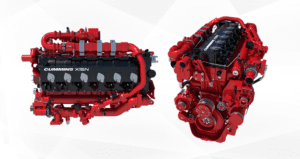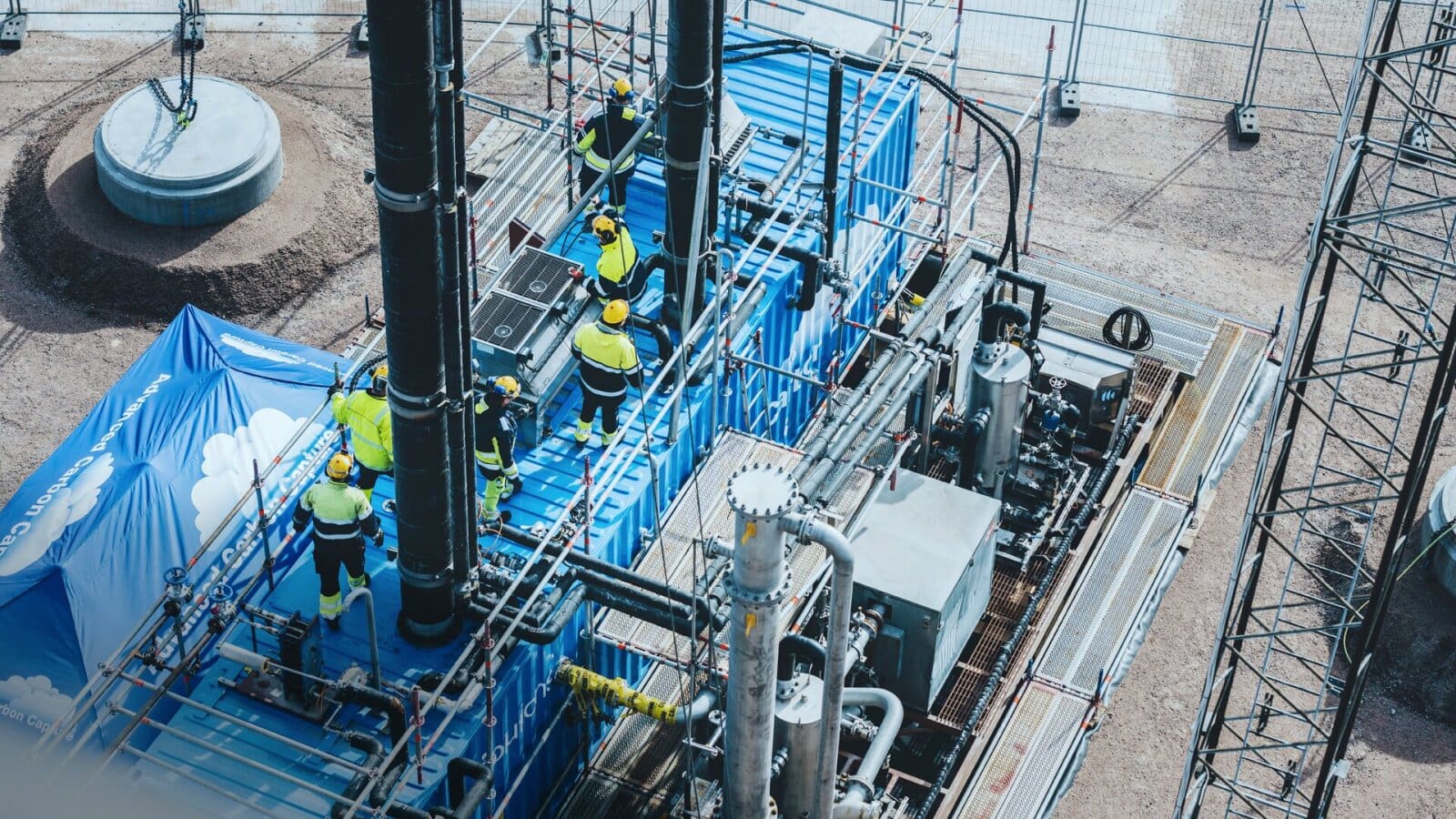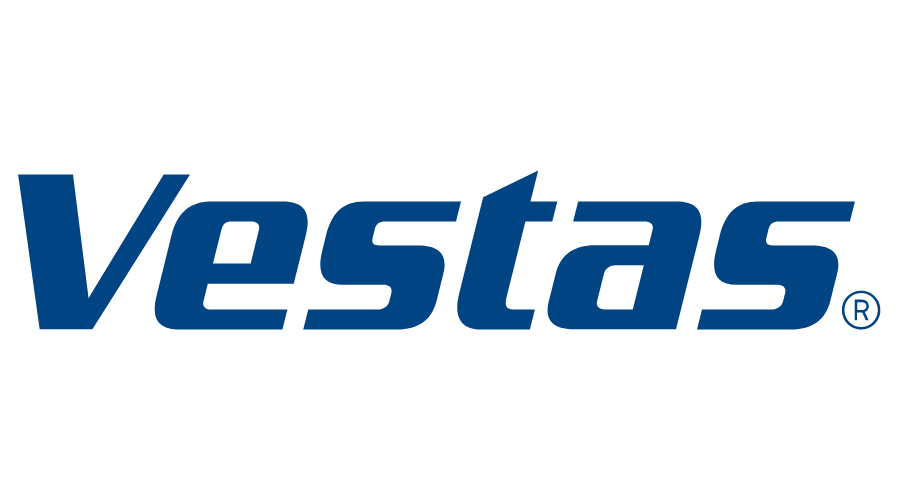
Walmart is progressing on its goal for a zero-emissions transportation fleet by 2040 with the debut of the first North American — and the first of five — 15-liter compressed natural gas (CNG) engines that will be incorporated into Walmart’s private fleet. The X15N engine is supplied by Cummins and fueled by Chevron with CNG linked to renewable natural gas (RNG). The Walmart truck will make its inaugural trip from Indiana to California, making pit stops along the way to refuel at Chevron stations. “Walmart transportation is focused on the continuous piloting of solutions that aren’t just changing the industry, but are having a lasting impact on the world,” said Fernando Cortes, senior vice president of transportation at Walmart. “We are proud to team with Cummins and Chevron to develop advancements that pave toward a lower-carbon future.”
While trucking has historically relied on diesel to fuel its engines, a move to RNG is an important step toward lowering fleet emissions. RNG is produced when biomethane from decomposing organic matter — such as cow manure or landfill waste — is captured, treated, and processed into natural gas. Methane that is not captured and processed is 25 times more potent than carbon dioxide at trapping heat within the atmosphere leading to climate change. “Working with partners like Walmart to test new products like the X15N gives Cummins valuable real-world data that helps us validate our engines prior to moving into full production,” said Puneet Jhawar, general manager of Spark Ignited Products for Cummins. “Chevron has also been very helpful in our test, helping increase CNG fuel availability that will enable adoption of alternate technologies faster.”
Cummins Begins Field Testing X15N CNG Engine
Cummins anticipates that starting in 2024, fleets will have the opportunity to order factory-built Class 8 trucks with the Cummins X15N 15-liter engine as PACCAR has announced availability in both the Kenworth and Peterbilt brands. Designed as an economic and environmental sustainability solution for heavy-duty transport, the Cummins X15N engine will have a range of at least 750 miles (1207 km) even when hauling 82,000-lb. (37,195 kg) loads over challenging terrains.

“With mounting environmental regulations and a focus on making progress toward corporate sustainability goals, fleet owners are making critical decisions about the future makeup of their fleet,” said Tom Swenson, manager of global regulatory affairs at Cummins Inc. and California Natural Gas Vehicle Partnership (CNGVP) president. “Class 8 trucks featuring the X15N engine are an attractive fleet sustainability option, as they offer fleets the closest direct replacement for diesel trucks in terms of operational performance. With the growing supply of carbon-negative RNG in California and the reintroduction of the Alternative Fuel Tax Credit, fleets have an incredible opportunity to reduce both their environmental impact and overall operating costs.”
During CNGVP’s 2023 ACT Expo press conference, Cummins shared that it would be delivering 25 Class 8 trucks upfit with the X15N engine for fleet field tests. Through September 2023, the X15N engine technology will be demonstrated across a variety of applications, terrains, and locations throughout the United States, providing Cummins with valuable real-world operating data that will be used to validate its commercial production plans. California fleets taking part in the field tests include National Ready Mixed Concrete Company, Walmart, Matheson, Food Express, and Sandman.
“Our team is excited to be a part of the Cummins X15N field trials and to have the opportunity to test these natural gas engines in our cement and aggregate hauler fleet,” said Steve Lode, president of National Ready Mixed Concrete. “When looking across a variety of factors including range, fueling frequency and speed, hauling capacity, and maintenance support, we believe that trucks with the X15N engine will hold up to diesel trucks better than any other commercially available low-emissions vehicle technology. Additionally, using RNG provides the only available fuel source technology to achieve massive reductions in our greenhouse emissions. RNG also offers us the best opportunity to keep our costs down when compared to diesel and other alternative fuels.”
RNG consumed by vehicles in California — which is produced from a variety of organic and renewable sources, including wastewater treatment plants, food and green waste, landfills, dairies, and more — had an energy weighted average carbon intensity of -87.74 gCO2e/MJ for 2022, according to California’s Low-Carbon Fuel Standard (LCFS) program data reported on April 28, 2023. Growth in the volume of swine and dairy gas being reported into California’s LCFS program is the main factor continuing to drive the carbon intensity of the state’s natural gas transportation fuel to plunge further and further below zero carbon. During 2022, RNG made up approximately 98% of all natural gas used for transportation fuel in California for the second year in a row.
Beyond reducing emissions, fleet operators can save money on fuel costs by using natural gas, which supported a clear cost advantage over diesel throughout 2022. On average, the pump price for natural gas in 2022 was US$2.73 per diesel gallon equivalent (DGE), while diesel fuel averaged well over US$5 per gallon according to the United States Department of Energy. Fleets with onsite natural gas fueling infrastructure and well-negotiated fueling contracts report RNG prices as low as US$1.00 per DGE. Several federal tax credits are available to help fleets benefit from using natural gas fuel, including the recently reauthorized Alternative Fuel Tax Credit of US$0.50 per gallon passed as part of the Inflation Reduction Act (IRA) in 2022. Under the IRA, a Clean Fuel Production Credit of approximately US$1.00 per gallon was also created to reduce the cost of producing natural gas for fleets.
















